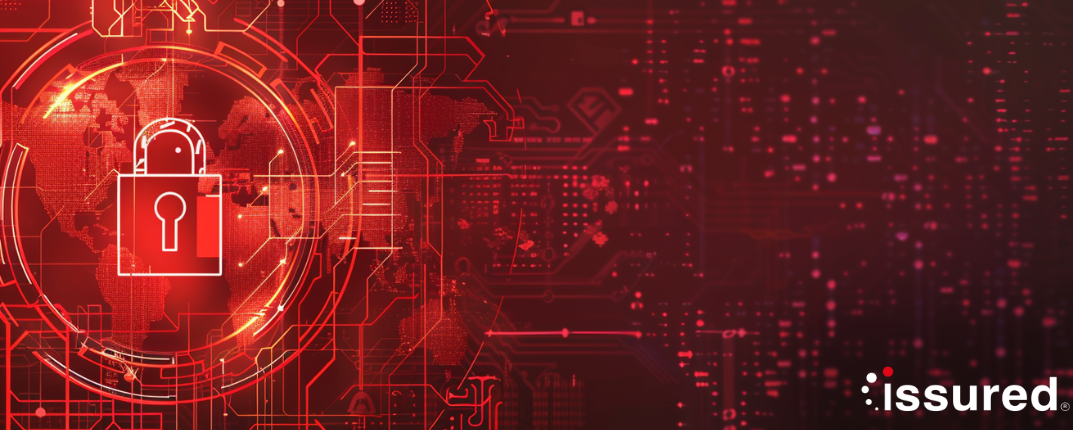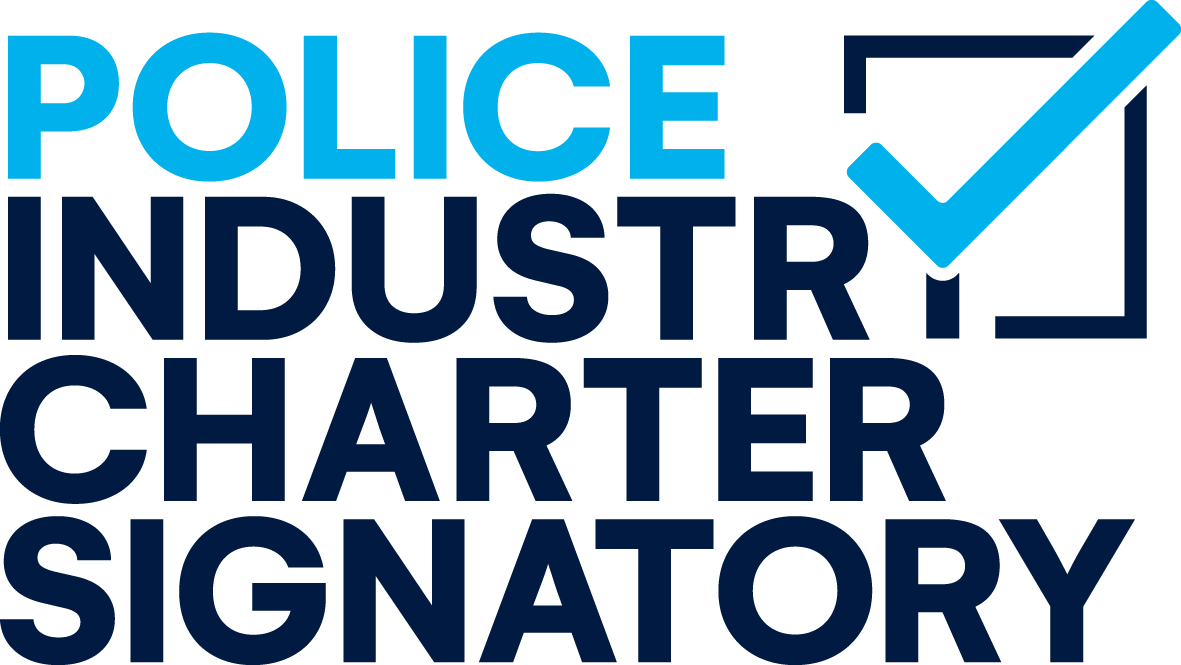
The Future of Cybersecurity in Digital Transformation
How can businesses preserve cybersecurity where constant digital evolution, and utilising new technologies, is the key to staying competitive? As technology continues to advance at breakneck speed, alongside newer tech like generative AI, staying safe from the dangers they pose is more important than ever. In this article we delve into our top cybersecurity best practices for organisations embarking on a digital transformation journey, and what the future looks like for cybersecurity beyond 2024.
Building a Cyber-Resilient Foundation
In the initial stages of any digital transformation, laying a solid foundation is vital. Cybersecurity cannot just be an afterthought; it must be an integral part of the groundwork. By incorporating cybersecurity measures seamlessly into the transformation process, businesses can establish a resilient foundation.
Just as physical fortresses have walls to protect against external threats, digital infrastructures require security such as firewalls, encryption, and vigilant monitoring. By taking a proactive stance on cybersecurity from the outset, you are ensuring that the digital transformation is mitigated against potential cyber threats.
Cybersecurity Best Practices
When technology evolves not in years but days, it is imperative to stay abreast of the latest cybersecurity trends and best practices. Current trends emphasise the fusion of artificial intelligence (AI) and cybersecurity. AI can enhance threat detection and response capabilities, providing a proactive defence against increasingly sophisticated cyber-attacks. However, sound security measures must be considered to ensure risks and threats are not being introduced. Understanding and adopting such trends ensures that digital transformation isn’t just about adopting new technologies but also about integrating the latest security measures. Read on to find out our top cybersecurity best practices.
-
Securing Digital Assets
Digital assets are the lifeblood of any business undergoing transformation. Protecting assets is not just about preventing data breaches; it’s about safeguarding the very essence of the business. A strategic approach to cybersecurity involves mapping out the digital landscape, recognising security requirements from the outset (Secure by Design (SbD)), identifying vulnerabilities, and implementing robust preventative measures. Applying SbD ensures that security strategies, tactics and patterns to support our digital assets are considered at the beginning of any design or system implementation.
To ensure that security is not a standalone component, but an integral part of the overall digital journey, it is important to take a holistic approach to cyber security which goes beyond relying on just technology, but also encompasses organisational factors, human behaviour and cultural characteristics. This helps to establish a robust and comprehensive security framework, where cybersecurity strategies are integrated with the broader transformation strategy and design.
-
Balancing Risk and Progress
Innovation and progress are at the heart of digital transformation. However, the pursuit of innovation must be balanced with the need for security. This balance between risk and progress is where cybersecurity plays a pivotal role.
Instead of viewing cybersecurity as a barrier, businesses can embrace it as an enabler of sustainable innovation. By embedding security into the DNA of digital initiatives, you can not only progress, but also be resilient in the face of potential threats.
-
Cybersecurity Awareness Training
Recognising that the human factor is a significant element in cybersecurity, it is essential to place a strong emphasis on awareness. Employees are often the first line of defence against cyber threats. Hence, empowering them with the knowledge and skills to recognise and respond to potential risks is crucial.
From phishing simulations to real-world examples, employees should be equipped to be proactive defenders, ensuring that the entire organisation understands its role in preventing cyber threats.
-
Data Privacy in Digital Transformation
As digital landscapes evolve, so do data privacy regulations. Navigating this becomes a critical aspect of digital transformation. This involves a meticulous examination of data handling practices, ensuring that they not only meet current regulations but are flexible enough to adapt to future changes. By integrating data privacy considerations into the transformation roadmap, businesses can confidently stride forward, knowing they are compliant and secure.
-
Integrating Cybersecurity into Cross-Functional Teams
Security is not the sole responsibility of the IT department; as mentioned in point 3, it’s a collective effort. In a digital transformation setting, where cross-functional teams collaborate on delivery, an isolated approach to security is ineffective. Instead, it is important to implement collaborative security approaches, where cybersecurity is seamlessly integrated into the fabric of cross-functional teams.
This involves adopting a security mindset across departments, encouraging open communication, and providing the necessary tools and knowledge for team members to contribute to the overall security position. The result is a strong defence against cyber threats, where every team member is an active participant in securing the digital transformation journey.
-
Safeguarding Business Continuity
While digital transformation opens new doors of opportunity, it also exposes businesses to new risks. A robust risk management strategy is therefore crucial for safeguarding business continuity.
From identifying potential risks to implementing mitigation measures, businesses need a comprehensive risk management process. This ensures that, even in the face of threats, the digital transformation journey remains resilient, adaptive, and aligned with the main business objectives.
-
Measuring and Improving Security Posture
Metrics are the pulse of cybersecurity. To gauge the effectiveness of security measures, businesses must establish key performance indicators (KPIs) and continually assess their security metrics.
From the frequency of security audits to the response time in the event of a breach, each metric contributes to a comprehensive understanding of the organisation’s cybersecurity effectiveness. By regularly evaluating these metrics, businesses can adapt and enhance their security measures to stay ahead of emerging threats.
The Future of Cybersecurity in Digital Transformation
As our digital world evolves, so do cybersecurity challenges. Anticipating and preparing for future threats is a key aspect of a proactive cybersecurity strategy. Emerging threats can refer to any new tactics, techniques and procedures that cybercriminals employ to exploit, disrupt or breach security systems. These threats constantly evolve, making them harder to predict and mitigate.
Whilst it can be a challenge to predict potential threats, there are many ways you can advance your cybersecurity. From the integration of encryption to the rise of technologies such as AI, Robotic Process Automation (RPA), and biometric authentication, it is necessary to be proactive, resilient and informed. By staying ahead of the curve, businesses can future-proof their digital transformation .
Safeguarding digital transformation goes beyond the adoption of new technologies; it requires a strategic and proactive approach to cybersecurity. As a digital transformation consultancy, our mission is to guide organisations through this journey, ensuring that every step towards innovation is a step towards a secure and resilient future. Get in touch with our team of experts today if you are interested in transforming your cybersecurity approach.
Recent Posts
Matthew's career transition from the Armed Forces to civilian life at Issured is not just a personal milestone but a [...]
All Issured recruitment is done through Identifi Global, so please send any applications to sudha.madhan@identifiglobal.com Salary: £45,000 - £60,000 per [...]
All Issured recruitment is done through Identifi Global, so please send any applications to sudha.madhan@identifiglobal.com Location: Milton Keynes (Head Office) with [...]














